In our work we often meet owners of big trees who are looking for ways to reduce the risk of a tree falling on their house, the garage, the neighbours garden or on a playground for children. Unfortunately the fear of possible damage often leads to unnecessary over-pruning or even felling of the tree without assessing if the tree is really dangerous. In this article we have a closer look at how to answer the question: Is my tree safe?
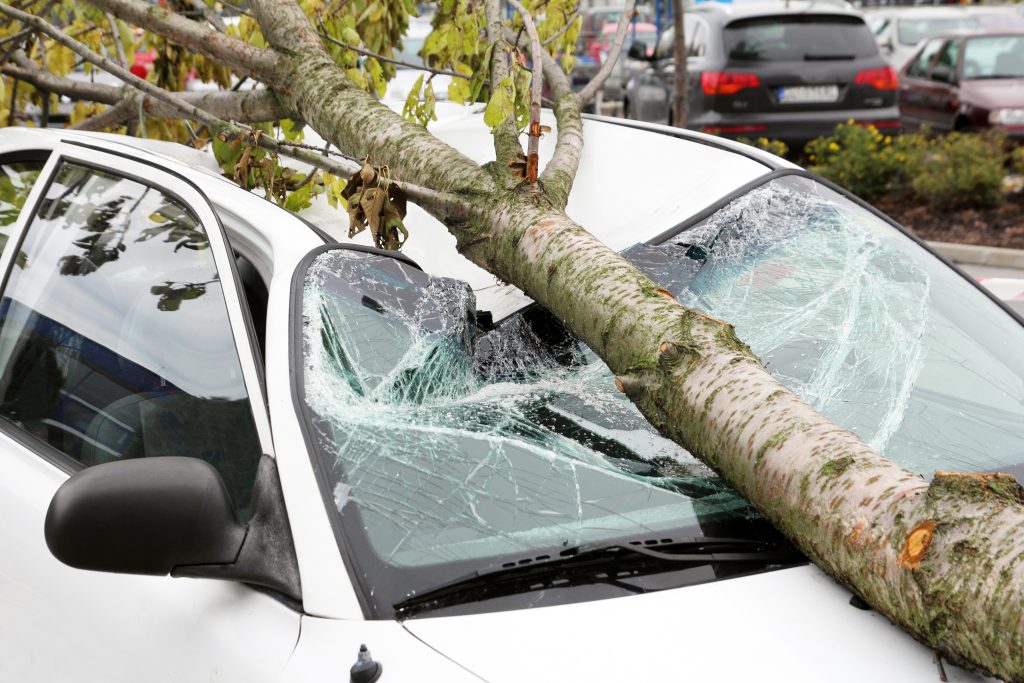
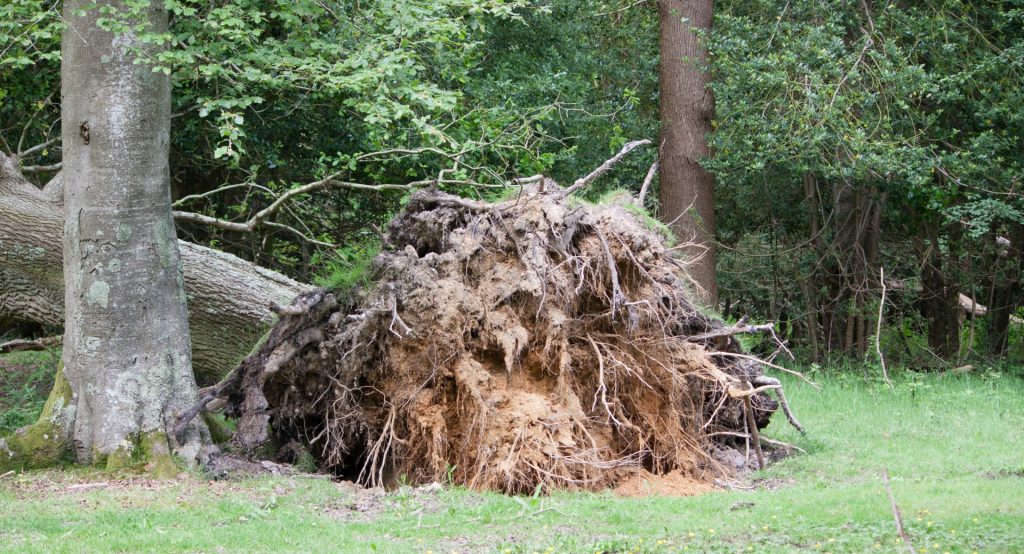
Nowadays there are actually different methods available to answer this question in with ‘scientific’ approach. A lot of these tree assessment methods are based on a visual inspection from the ground, as a lot of information about a tree can simply be ‘read’ with a careful observation. There are also apps and computer programs to help collecting this information. And there are even tools (resistograph) to investigate invisible defects of the tree, for example trunk cavities.
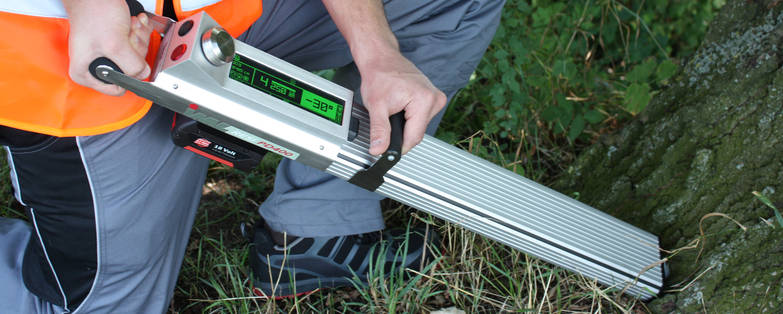
As we mentioned before, there are diferent methods that have been developed to collect and process the information in objective way. The most common methods are:
- VTA
- QTRA
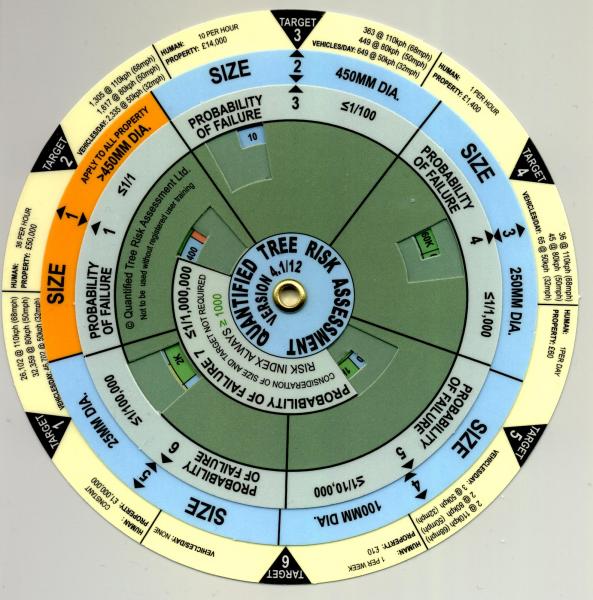
Nevertheless not any of these methods can provide a guarantee that the tree doesn’t break, uproot or drop a branch. The VTA (visual tree assessment) is probably the most used method in Europe and basically consists of simply documenting structural weakness and different biological signs, such as it’s vitality, body language, growth defects, fungal fruiting bodies, etc. All the gather information is then used and analysed to give a professional assessment and recommendations for pruning or, if necessary, felling the tree.
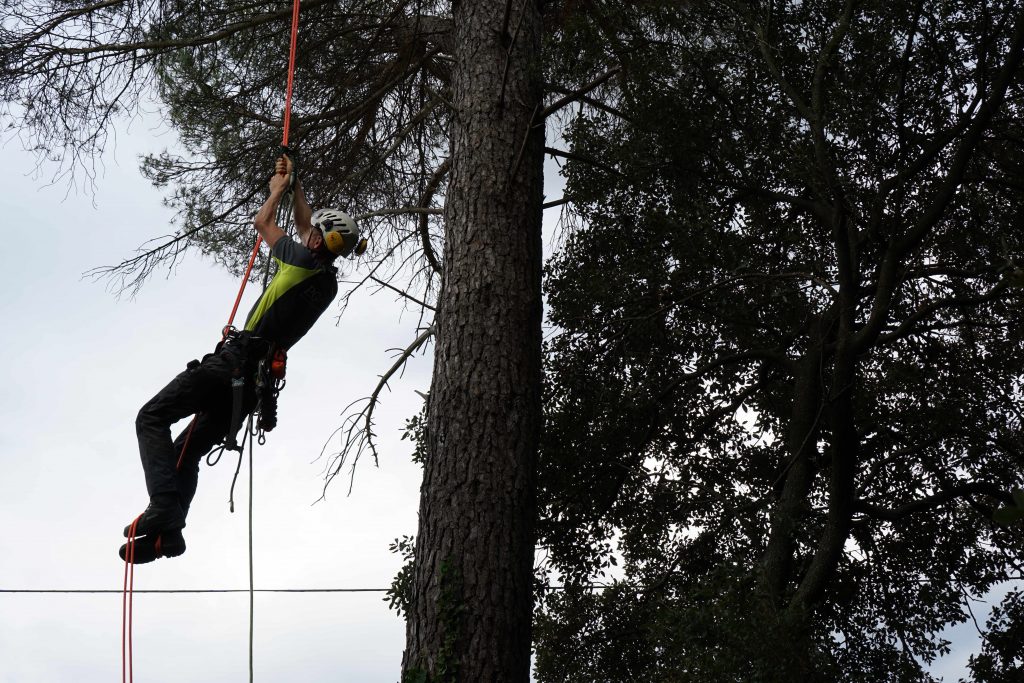
Like most living organisms in nature, guarantees can’t be given about the safety of a tree. Nevertheless there are nowadays good methods for analysing trees and their defects. With a reasonable scientific approach it is possible to define the risk that a tree proposes to nearby people or property.
The outcome of such an assessment can be very useful for making decisions about what to do with your tree

